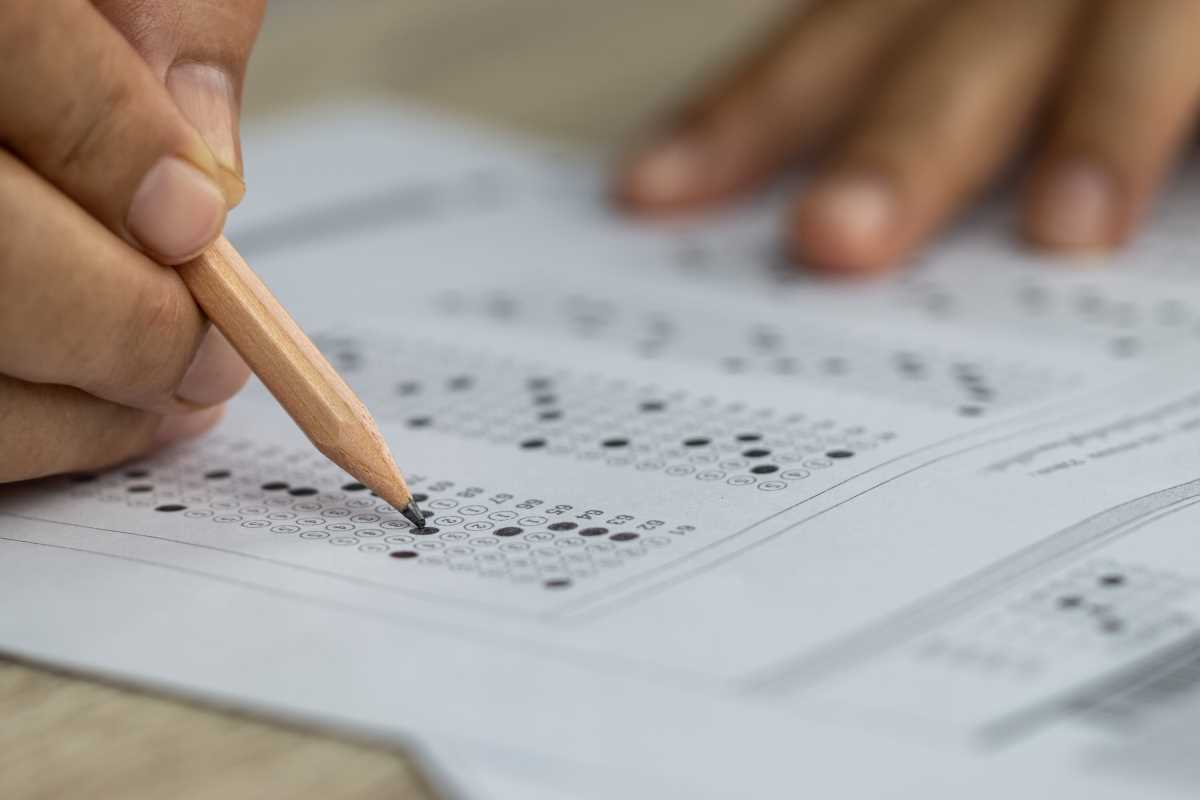For over a century, standardized tests have been a fixture in education, serving as a tool to measure student achievement. From the College Entrance Examination Board’s development in the early 1900s to the sweeping implementation of state-mandated assessments under the No Child Left Behind Act, standardized testing has shaped how students, teachers, and schools are evaluated. But despite its long history, questions about its fairness, accuracy, and impact remain. Do these tests truly capture a child’s full potential? Many educators, parents, and policymakers argue that they don’t. Standardized tests often prioritize rote memorization over critical thinking, exacerbate inequality, and put undue stress on students and educators alike. It’s time to explore alternative ways to assess learning, focusing on methods that reflect creativity, individuality, and deeper understanding.
The Problem with Standardized Testing
Standardized tests, by design, aim to provide a uniform method of evaluating students’ knowledge. However, their limitations have become increasingly evident. One major issue is that these tests prioritize easily quantifiable skills, such as basic math and reading comprehension, over complex abilities like problem-solving, critical thinking, and creativity. While these basic skills are important, they don't paint a complete picture of a student’s knowledge or potential. For instance, students who are brilliant in group discussions or creative projects often find themselves at a disadvantage when confined to fill-in-the-bubble formats.
Standardized tests often reinforce and worsen inequalities. Research shows that students from wealthier families are more likely to afford test prep courses, private tutoring, or additional learning resources, giving them a significant advantage. Meanwhile, students in underfunded schools or from low-income households may lack access to such support, leading to a performance gap that reflects opportunity rather than ability.
The pressure surrounding these tests is another significant problem. For students, the focus on high-stakes testing creates anxiety and diminishes the joy of learning. Teachers, too, often feel the strain, as their evaluations and job security are sometimes tied to test results. Many report feeling forced to "teach to the test" instead of nurturing curiosity and encouraging creativity. Subjects like art, music, and hands-on science experiments often take a backseat to intensive test prep, narrowing the curriculum and limiting students’ overall educational experience.
The Benefits of Alternative Assessment Methods
Recognizing these issues, more educators and policymakers are advocating for alternative assessment methods that provide a broader and more accurate view of student learning. Unlike standardized tests, these methods can highlight students' creativity, critical thinking, and problem-solving abilities.
Holistic Evaluation
Alternative assessments, such as project-based learning and portfolios, offer a more comprehensive understanding of a student’s skills and progress. For example, rather than taking a timed multiple-choice test on environmental science, students might design a project around creating a sustainable water filtration system. This allows educators to evaluate practical application, teamwork, and innovation.
Personalized Learning
Every student processes information differently, and alternative assessments can better adapt to individual learning styles. A student with dyslexia, for instance, might struggle with reading-intensive standardized exams but shine in oral presentations or visual design projects.
Deeper Engagement
Alternative assessments often encourage deeper learning. Instead of racing to memorize facts for a test, students explore concepts, connect ideas, and discover the “why” behind the material they’re studying. This promotes long-term understanding rather than temporary recall.
Reducing Stress
When evaluations aren't tied to high-stakes testing, students generally experience less anxiety. Methods like teacher observations and smaller, formative assessments allow educators to track progress over time without the overwhelming pressure of a single test day.
The Challenges of Implementing Alternatives
While the benefits are clear, implementing alternative assessment methods isn’t without challenges. They often require significant time and resources, especially for teachers. Observing students, providing detailed feedback, and tailoring assessments to individual needs can be labor-intensive. There’s no universal format for alternatives like portfolios or capstone projects, which could lead to inconsistencies in how student learning is evaluated.
Schools and educators also face systemic pressures to maintain traditional testing formats, especially in countries where policies and funding are tied to standardized test performance. Shifting to new methods will require broad support from administrators, parents, and policymakers.
Examples of Innovative Approaches
Despite the challenges, many schools are already experiencing success with alternative assessments.
Portfolios
These collections of student work demonstrate progress over time. For instance, a portfolio for an art class might include early sketches alongside finished works, with written reflections on how the student refined their skills.
Capstone Projects
Students take on in-depth projects that showcase their learning in creative and practical ways. A group of high school seniors might create a documentary on a community issue or design a prototype for a new technology. These projects encourage independent thinking and problem-solving.
Teacher Observations
Instead of solely relying on tests, teachers use detailed rubrics to assess student participation, collaboration, and other day-to-day achievements in the classroom.
Performance-Based Assessments
These require students to apply their knowledge in real-world scenarios. A biology student might conduct an experiment and present findings, rather than answering multiple-choice questions about the scientific method.
Policy Changes and the Path Forward
The good news is that the education policy landscape is slowly evolving to reduce reliance on standardized testing. The Every Student Succeeds Act (ESSA) of 2015, which replaced No Child Left Behind, aimed to provide states with more flexibility in how they measure student success. While standardized tests are still required, ESSA allows states to incorporate other measures of progress, such as student engagement or access to advanced courses. This shift acknowledges that standardized tests alone cannot define academic achievement.
But policy change isn’t enough on its own. Parents, educators, and community leaders play a critical role in pushing for reform at the local level. Asking schools to pilot alternative assessment programs, advocating for fair distribution of resources, or supporting professional development for teachers can all help drive meaningful change.
Whether you're a parent, educator, or policymaker, you can be part of this change. Start the conversation at your child’s school. Push for assessments that go beyond numbers and truly reflect what students can achieve. Together, we can build a system where students are more than their test scores and where learning is something to inspire, not fear.
 (Image via
(Image via





